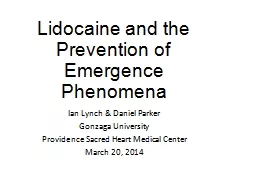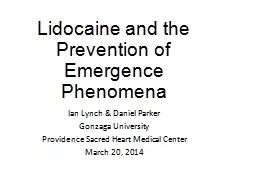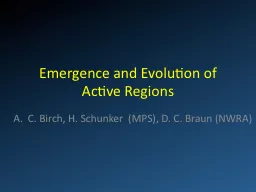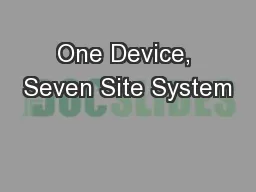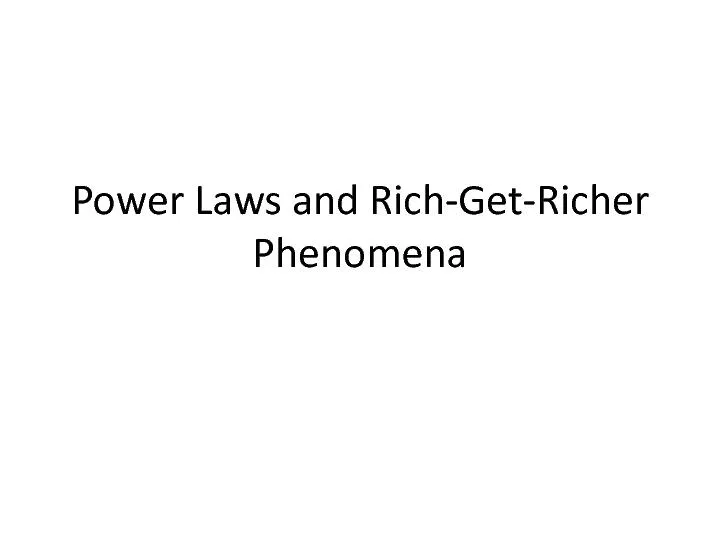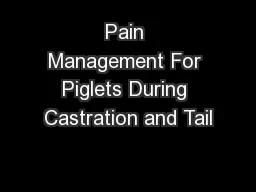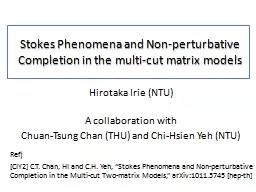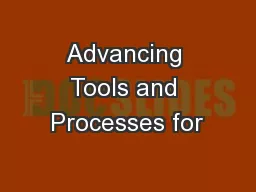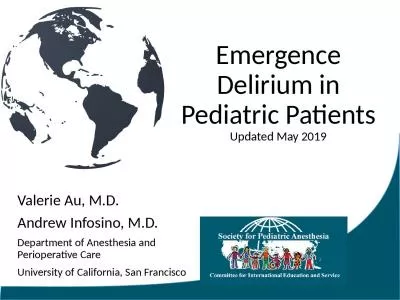PPT-Lidocaine and the Prevention of Emergence Phenomena
Author : pamella-moone | Published Date : 2018-03-23
Ian Lynch amp Daniel Parker Gonzaga University Providence Sacred Heart Medical Center March 20 2014 Statement of Problem A common goal of anesthesia providers is
Presentation Embed Code
Download Presentation
Download Presentation The PPT/PDF document "Lidocaine and the Prevention of Emergenc..." is the property of its rightful owner. Permission is granted to download and print the materials on this website for personal, non-commercial use only, and to display it on your personal computer provided you do not modify the materials and that you retain all copyright notices contained in the materials. By downloading content from our website, you accept the terms of this agreement.
Lidocaine and the Prevention of Emergence Phenomena: Transcript
Download Rules Of Document
"Lidocaine and the Prevention of Emergence Phenomena"The content belongs to its owner. You may download and print it for personal use, without modification, and keep all copyright notices. By downloading, you agree to these terms.
Related Documents

